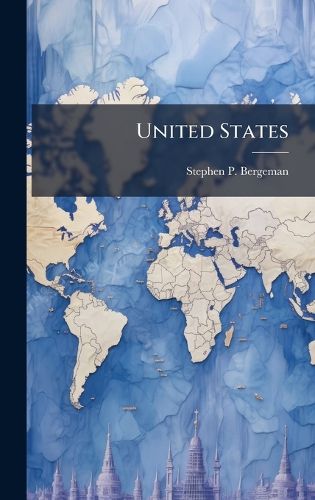Readings Newsletter
Become a Readings Member to make your shopping experience even easier.
Sign in or sign up for free!
You’re not far away from qualifying for FREE standard shipping within Australia
You’ve qualified for FREE standard shipping within Australia
The cart is loading…






India is grappling with its current and future geostrategic role, which ranges from acting as a regional security provider in the Indian Ocean Region (IOR), to assuming the role of a world economic and military power. What role India pursues will affect the balance of power in the IOR and the greater Pacific theater, as the United States refocuses towards the Pacific and the Chinese navy deploys with regularity into the IOR to secure access to raw materials. By examining the significant national security events in India's history, from 1947 to the present, and looking at how these events have affected India's perception of itself and the creation of Indian national security strategy, the United States can better understand Indian intentions. The paper discusses some of the challenges inherent with this new strategic relationship between the United States and India and provides recommendations for enhancing the relationship.
This work has been selected by scholars as being culturally important, and is part of the knowledge base of civilization as we know it. This work was reproduced from the original artifact, and remains as true to the original work as possible. Therefore, you will see the original copyright references, library stamps (as most of these works have been housed in our most important libraries around the world), and other notations in the work.
This work is in the public domain in the United States of America, and possibly other nations. Within the United States, you may freely copy and distribute this work, as no entity (individual or corporate) has a copyright on the body of the work.
As a reproduction of a historical artifact, this work may contain missing or blurred pages, poor pictures, errant marks, etc. Scholars believe, and we concur, that this work is important enough to be preserved, reproduced, and made generally available to the public. We appreciate your support of the preservation process, and thank you for being an important part of keeping this knowledge alive and relevant.
$9.00 standard shipping within Australia
FREE standard shipping within Australia for orders over $100.00
Express & International shipping calculated at checkout
India is grappling with its current and future geostrategic role, which ranges from acting as a regional security provider in the Indian Ocean Region (IOR), to assuming the role of a world economic and military power. What role India pursues will affect the balance of power in the IOR and the greater Pacific theater, as the United States refocuses towards the Pacific and the Chinese navy deploys with regularity into the IOR to secure access to raw materials. By examining the significant national security events in India's history, from 1947 to the present, and looking at how these events have affected India's perception of itself and the creation of Indian national security strategy, the United States can better understand Indian intentions. The paper discusses some of the challenges inherent with this new strategic relationship between the United States and India and provides recommendations for enhancing the relationship.
This work has been selected by scholars as being culturally important, and is part of the knowledge base of civilization as we know it. This work was reproduced from the original artifact, and remains as true to the original work as possible. Therefore, you will see the original copyright references, library stamps (as most of these works have been housed in our most important libraries around the world), and other notations in the work.
This work is in the public domain in the United States of America, and possibly other nations. Within the United States, you may freely copy and distribute this work, as no entity (individual or corporate) has a copyright on the body of the work.
As a reproduction of a historical artifact, this work may contain missing or blurred pages, poor pictures, errant marks, etc. Scholars believe, and we concur, that this work is important enough to be preserved, reproduced, and made generally available to the public. We appreciate your support of the preservation process, and thank you for being an important part of keeping this knowledge alive and relevant.